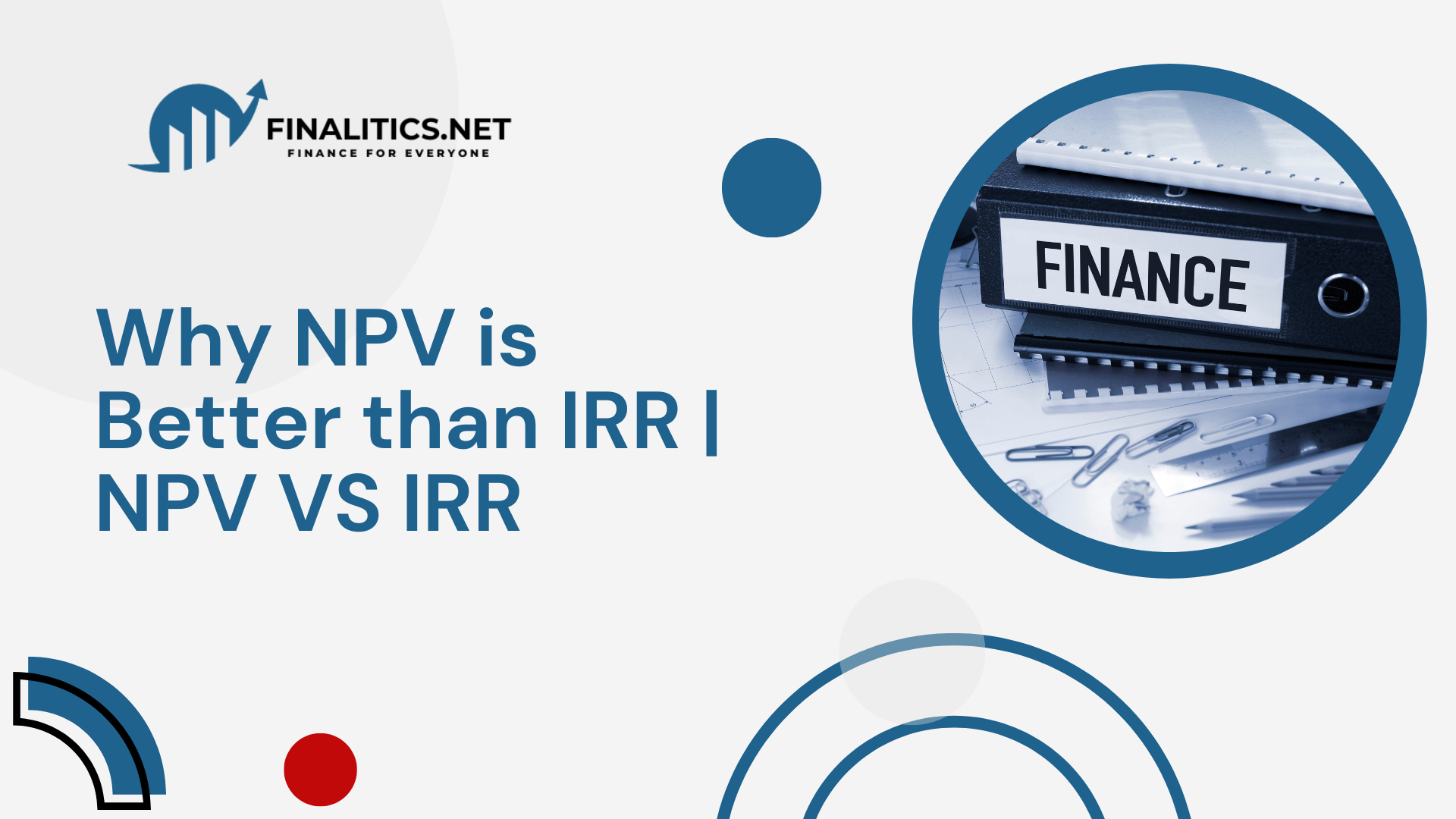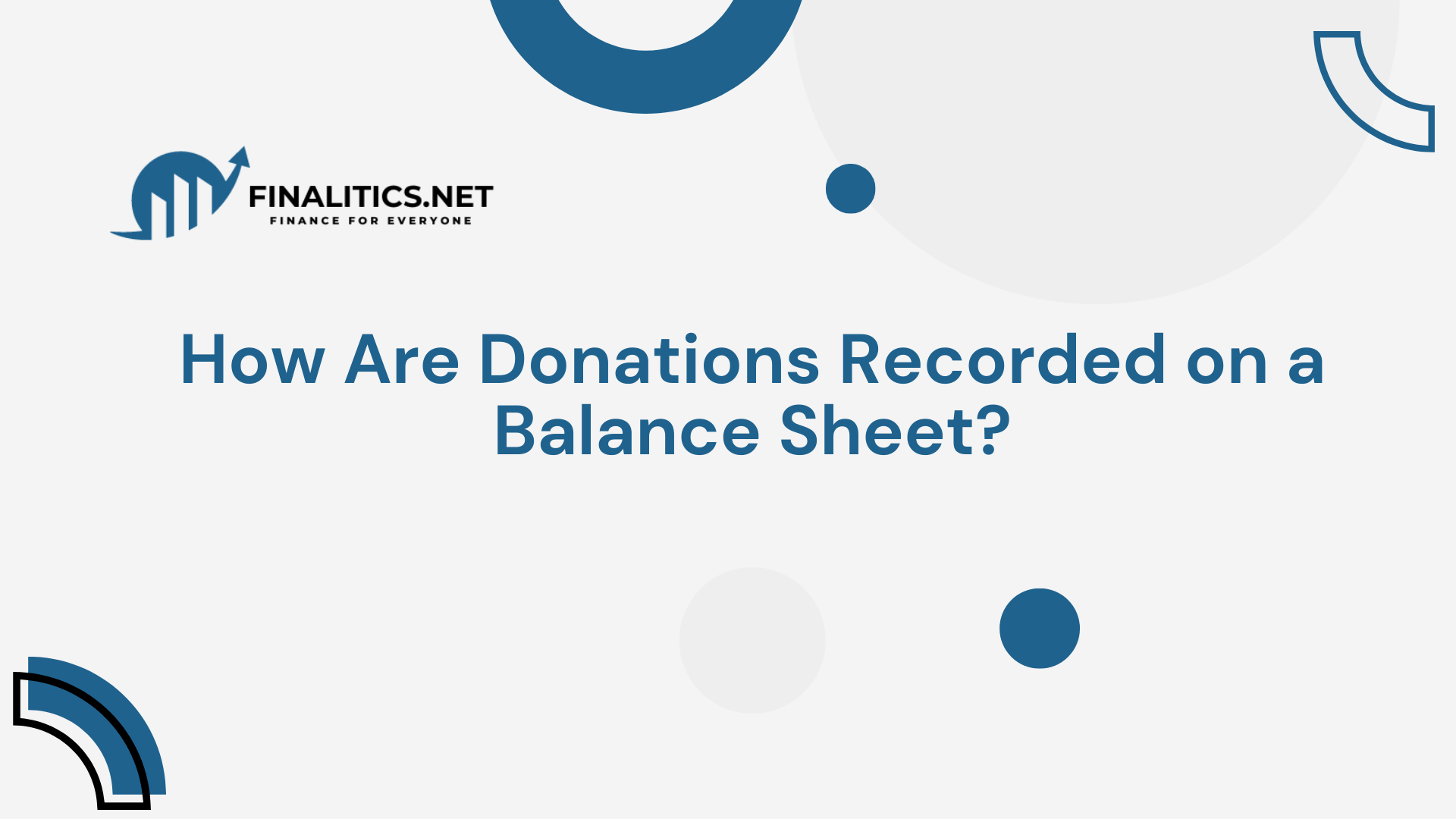What is the Total Debt to Total Capital Ratio?
The Total Debt to Total Capital Ratio is a financial metric that measures the proportion of a company’s total capital that is funded by debt. It helps stakeholders understand how much of a company’s funding comes from borrowed sources versus shareholder equity.
This ratio plays a vital role in assessing a company’s financial leverage and risk profile. A higher ratio means the company relies heavily on debt for financing, which can lead to higher financial risk. Conversely, a lower ratio indicates the company is less dependent on borrowed funds and has a stronger equity position.
Table of Contents
- What is the Total Debt to Total Capital Ratio?
- Why Do Companies Calculate Total Debt to Total Capital Ratio?
- How to Calculate Total Debt to Total Capital Ratio?
- Why is this Formula Important?
- A Business Scenario Example of Total Debt to Total Capital Ratio
- Conclusion
Why Do Companies Calculate Total Debt to Total Capital Ratio?
1. Financial Health Assessment:
- Companies use this ratio to assess their leverage and dependency on debt.
- It helps determine if the current level of debt is sustainable or if corrective actions are required.
2. Creditworthiness:
- Creditors and lenders use this ratio to evaluate the company’s ability to repay debt.
- A lower ratio is generally seen as a sign of financial stability, making it easier for the company to secure loans.
3. Risk Management:
- Investors analyze this ratio to gauge the risk involved in investing in the company.
- High leverage might yield higher returns during good times but can magnify losses during economic downturns.
4. Capital Structure Decisions:
- The ratio helps businesses decide the optimal mix of debt and equity to finance operations and growth.
How to Calculate Total Debt to Total Capital Ratio?
The Total Debt to Total Capital Ratio is calculated as:
Where:
- Total Debt: Includes all short-term debt (e.g., loans, notes payable) and long-term debt (e.g., bonds).
- Equity: Represents shareholder equity, including retained earnings and funds invested by owners/shareholders.
Why is this Formula Important?
1. Simplicity and Clarity:
- The formula provides a straightforward way to quantify the debt-to-capital relationship.
2. Comparability:
- Businesses can compare their ratio to industry averages and competitors to benchmark performance.
3. Strategic Planning:
- By identifying over-reliance on debt, companies can take steps to rebalance their capital structure.
A Business Scenario Example of Total Debt to Total Capital Ratio
Company Profile: Allied Industries
Allied Industries is a mid-sized manufacturing company with the following financial data:
- Short-Term Debt: $110 million
- Long-Term Debt: $750 million
- Total Debt: $860 million ($110 million + $750 million)
- Equity: $940 million
- Total Capital: $860 million (debt) + $940 million (equity) = $1.8 billion
Calculation:
Industry Average:
The industry average for this ratio is 36.4%, which is significantly lower than Allied’s ratio.
Interpretation of Allied’s Ratio
- High Dependency on Debt:
- Allied’s debt-to-capital ratio of 47.8% indicates nearly half of its total capital comes from debt. This is significantly higher than the industry average of 36.4%.
- Implications for Creditors:
- Creditors may view this high ratio as a risk, as Allied has less equity to cushion potential losses.
- If Allied seeks additional debt financing, lenders may demand higher interest rates due to the perceived risk.
- Implications for Stockholders:
- Stockholders might prefer this level of leverage if Allied can generate higher returns on its debt-financed investments.
- However, the risk of financial distress increases if Allied fails to maintain consistent cash flows to meet debt obligations.
Recommendations for Allied
1. Reduce Debt Levels:
- Focus on paying down short-term and high-interest debt to bring the ratio closer to the industry average.
2. Improve Equity Funding:
- Raise funds by issuing additional shares or retaining more earnings to improve the equity portion of capital.
3. Optimize Cash Flow:
- Tighten operational efficiencies to ensure steady cash flow for meeting debt obligations.
4. Reassess Capital Structure:
- Conduct a detailed analysis to find the optimal balance between debt and equity financing.
Conclusion
The Total Debt to Total Capital Ratio is a crucial financial metric that provides insights into a company’s reliance on debt and its overall financial health. It serves as a valuable tool for stakeholders—creditors, investors, and management—to evaluate risk, creditworthiness, and capital structure.
While higher leverage can amplify returns during good times, it also increases financial risk during downturns. Therefore, companies like Allied must strive to maintain a balanced debt-to-capital ratio that aligns with industry standards and supports sustainable growth. By monitoring and managing this ratio effectively, businesses can build financial resilience and maintain the confidence of both investors and lenders.


